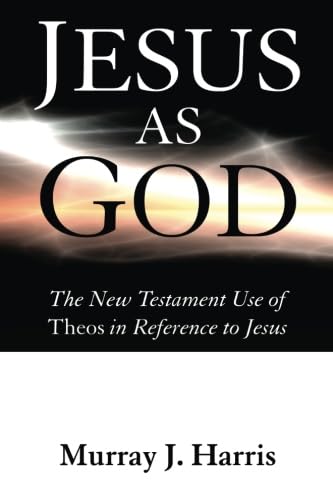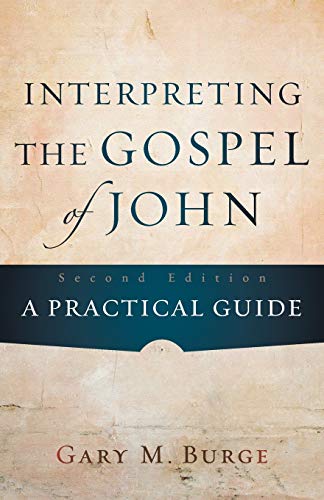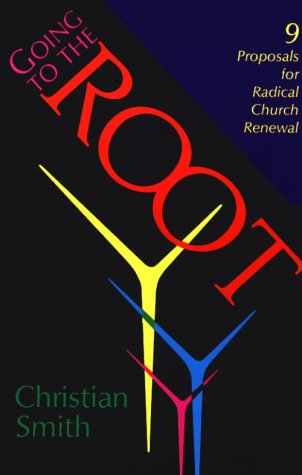The Minor Prophets: An Exegetical and Expository Commentary Volume 1: Hosea, Joel, and Amos
Written by Thomas Edward McComiskey (ed.) Reviewed By David Allan HubbardThis volume looks like a fine beginning to a useful series. Its format is striking. The pages are large (the size of the revised ISBE), and the typeface is eminently legible. The layout has much to commend it. Noteworthy are the two translations offered for each pericope: the commentator’s more literal rendering and the New Revised Standard Version. Each page of commentary is divided into two sections: across the top runs the more detailed exegesis with its handling of textual, grammatical and lexical issues amply illustrated with Hebrew, Greek and other Middle Eastern languages, especially Akkadian and Ugaritic. The lower part of the page is taken up with a commentary on the passage that consists of weighing interpretative options, clarifying the gist of the exegetical findings from the upper page, pointing out the significance of the text for the NT, and suggesting applications for Christian faith and life.
In the debate among commentators about longer introductions and shorter commentaries or vice versa, the editor and his colleagues in this volume have voted for vice versa. McComiskey has used fewer than eight pages (including analysis and select bibliography) to launch us into 230 pages of translation and comment. The ratios of his comrades in Joel and Amos are less lop-sided. If most readers are like me, they appreciate spacious windows into the background, structure and importance of the book before they essay to examine its details. A good look at the architecture keeps the interior decor in perspective.
The quality of scholarship is solid. All three writers have strong backgrounds in Semitic philosophy and literature and try to use their tools to understand the text as it was heard by those for whom it was first intended. In so doing they might have given us a bit more help in some areas. First, each could have sketched out the assumptions and guidelines that shaped the tone and direction of his comments. Writing commentaries today is an enterprise almost as anarchical as life in the days of Israel’s judges. We owe it to our readers to make clear beforehand the whys, hows and whats of our work. Perhaps the editor can do that more amply in one of the succeeding volumes of this venture. Second, some readers may want more interaction with the major studies of each of the books. The bibliographies are ample and the weighing of options is not neglected. But a bit more jousting with the giants in the field, especially in the matter of redaction criticism and its possible influence on Amos and Hosea, could have strengthened the work. Third, the use of literary insights is spotty. For instance, no mention is made of the Song of Songs in the comments on God’s love in Hosea 14. Only Jeffrey Niehaus (Amos) takes adequate advantage of what we can gain from the text by hearing the literary forms incorporated in it. They are like the background music at the cinema in supplying affective overtones to round out our cognitive perceptions. We will go through life partly tone deaf if we let the extremes or limitations of form criticism rob us of the nuances which only a literary awareness can bring.
A few comments on the interpretive approaches of the three authors may be appropriate. In the Hosea section, McComiskey sees Gomer as an immoral woman from the beginning. The prophet chose her and adopted her children who were products of her fornication. Then with Hosea as father she bore a second set of children with the symbolic, God-ordered names that became the backbone of the messages of Israel’s judgment and restoration. Gomer was also the wife redeemed by Hosea in chapter 3. In the much-debated sequence of 6:1–6, 1–3 are the prophet’s poignant plea to the people, not the people’s song of half-hearted penitence. ‘Adam’ in 6:7 is the first man, the prototype of covenant violators, not a place connected with Shechem and Gilead. The dramatic narrative in 5:8ff. has nothing to do with the Syro-Ephraimitic War but anticipates generally the fall of the Northern Kingdom to Assyria. Jacob in chapter 12 is seen as a positive example of the persistent seeking of God’s favour, not as the progenitor of Israel’s endemic greed and double-dealing. In his handling of the book overall, McComiskey gives priority to the individual sections in chapters 4–14 without sufficient consideration of the ties among the sections or the general movements from doom to hope in chapters 4–11 and 12–14, which continue the similar movement in 1:2–2:1 and 2:3–3:5.
Raymond Dillard’s interpretation of Joel follows a generally accepted pattern of reading chapter 1 as a literal locust invasion and chapter 2 as a metaphorical description of the locusts as an apocalyptic army that prefigures the Day of the Lord. Here he takes issue with Douglas Stuart (Word Biblical Commentary, Hosea-Jonah), who sees a military incursion in both accounts. Dillard discusses the thorny question of date even-handedly and finally comes down on the side of a post-exilic setting for Joel.
Jeffrey Niehaus interprets Amos as a covenant lawsuit and amply illustrates the parallels in Hittite and Mesopotamian literature. He rules out earthquake as a means of judgment in Amos, contrary to H.W. Wolff and D. Stuart. The admonitions of chapter 5 are genuine calls to repentance, not literary artifacts uttered when it is already too late to turn. The so-called ‘hymns’ in chapters 4, 5 and 9 are divine titularies of a style well documented in Akkadian. The ‘wall’ in the third vision (chapter 7) is not a block wall plumbed with a tin bob but an actual metal wall, speaking not of Israelite crookedness but of Assyrian might.
The theological outlook of all three commentators is solidly evangelical. Their insights are worth pondering, and their passion for Scripture and its truth merits our respect and gratitude. Pastors, students and teachers will want this volume at hand immediately and will await with anticipation its companions yet to come.
David Allan Hubbard
Fuller Theological Seminary, Pasadena, CA







